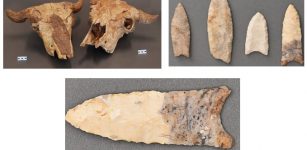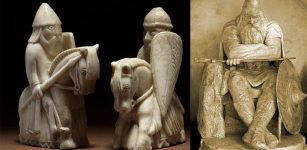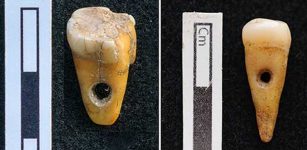Alphabetical Order Appeared Over 3,000 Years Ago In The Ancient City Of Ugarit
MessageToEagle.com – Today, young children spend hours in classrooms memorizing the alphabetical order. However, our modern alphabet has very ancient roots and is by no means a recent invention.
Studies reveal that the history of ABCs may have cultural roots dating back thousands of years. There is evidence the alphabetical order first appeared more than 3,000 years ago in the ancient city of Ugarit, written in a cuneiform script made of wedge-shaped signs impressed on clay tablets. Ugarit was an ancient port city, the ruins of which are located at what is now called Ras Shamra, a headland in northern Syria.
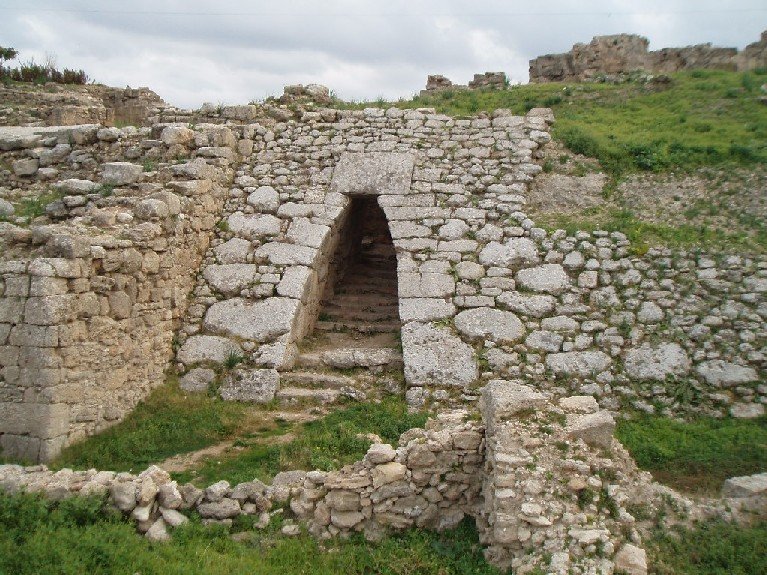
A science project conducted at the University of Cambridge called project, called Contexts of and Relations between Early Writing Systems (CREWS), explores how writing developed during the second and first millennia BCE in the ancient Mediterranean and Near East.
The project is led by Dr Philippa Steele of the University’s Faculty of Classics who says evidence of the Ugaritic alphabet has been unearthed from Ras Shamra in modern Syria. Some of the surviving tablets discovered by archaeologists are known as “abecedaria”, where the letters of the alphabet are written in order, possibly for teaching or as a training exercise for new scribes.
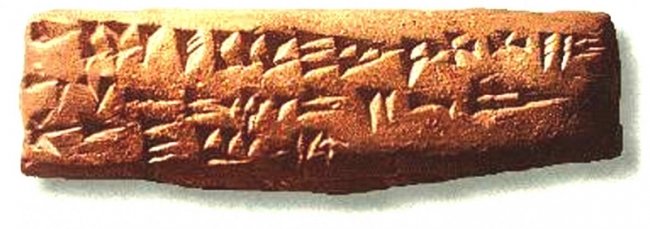
The destruction of Ugarit in around 1200 BCE was not the end for alphabetical order. The Phoenicians, living in what is now modern Syria and Lebanon, used the same order for their own alphabet. While their language was related to Ugaritic, their writing system was not. Instead of cuneiform wedge-shapes, the Phoenicians used linear letters, which were much more similar to those we use in English today. The Phoenician alphabet began with the letters Alep, Bet, Gimel, Dalet, which are strikingly similar to our own A, B, C and D.
See also:
Have Scientists Found A “Universal Language” That Ties All Languages Together?
Kuuk Thaayorre Language Uses Cardinal-Direction To Define Space
The Use Of Surnames Started During The Middle Ages In England
Dr Steele said: “The links from the ancient past to our alphabet today are no coincidence. The Greeks borrowed the Phoenician writing system and they still kept the same order of signs: Alpha, Beta, Gamma, Delta. They transported the alphabet to Italy, where it was passed on to the Etruscans, and also to the Romans, who still kept the same order: A, B, C, D, which is why our modern alphabet is the way it is today.”
That such an apparently simple idea remained so stable and powerful over thousands of years of cultural change and movement is an historic mystery. “The answer cannot be purely linguistic”, Dr Steele said. “There must have been considerable social importance attached to the idea of the alphabet having a particular order. It matters who was doing the writing and what they were using writing for.”
MessageToEagle.com
Expand for referencesReferences:

